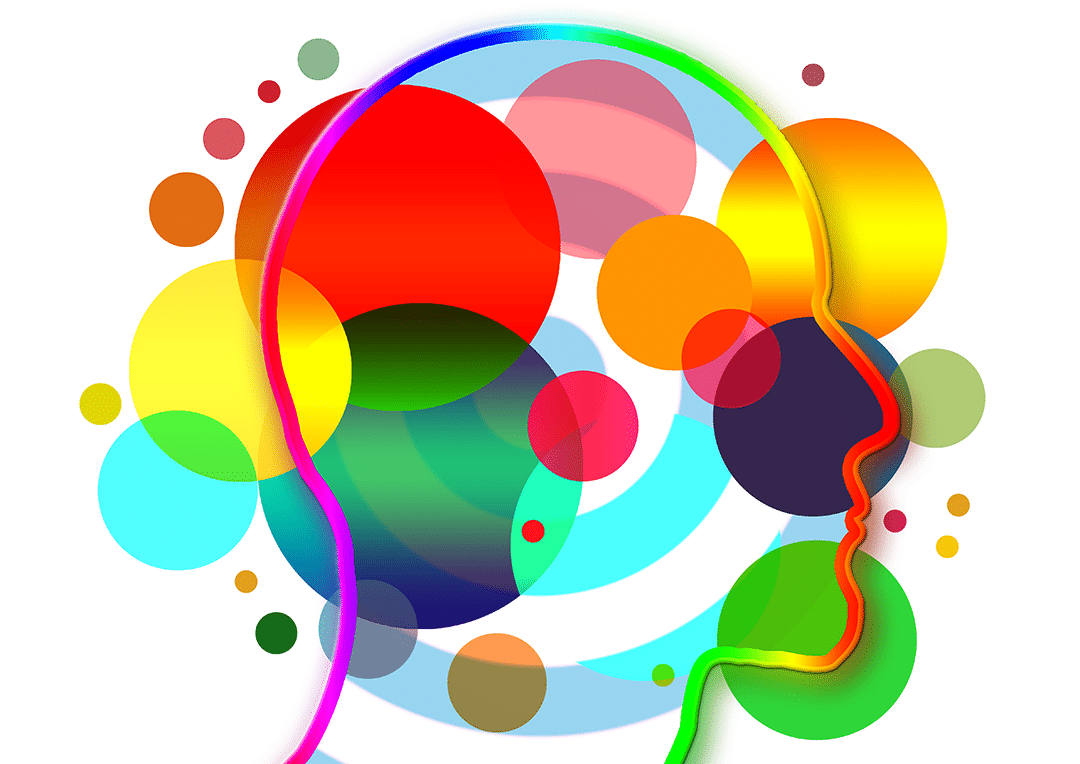
Nouns And Verbs
How does the brain react when we use a verb like drink as opposed to a noun like milk?
Research shows that the brain actually treats nouns and verbs quite differently. Children typically learn nouns before verbs and adults typically react faster to nouns during cognitive tests, according to a study in NeuroImage by Dr. Antoni Rodríguez-Fornells of the University of Barcelona, along with Dr. Anna Mestres-Missé of the Max Planck Institute for Human Cognitive and Brain Sciences and Dr. Thomas F. Münte of the University of Duisburg-Essen, which illustrates how the brain functions when brains meet new nouns and verbs.
The images these scientists collected from 21 people, who learned 80 new nouns and 80 new verbs, showed that the activity upon learning a new noun largely occurred in the left fusiform gyrus, while new verbs triggered the left posterior medial temporal gyrus, which helps us process grammar. This study begins to consider how our brains learn the parts of speech, though it doesn’t indicate much about how we learn languages.
“These results suggest that the same regions previously associated with the representation of the meaning of nouns and verbs are also associated with establishing correspondences between these meanings and new words, a process that is necessary for learning a second language,” says Rodríguez-Fornells.
Brainwaves To Art
How our brains take these nouns and verbs and translate them into pithy statements and melodic phrases is a subject of much scholarly research and debate.
“Can any good come from casting such a medicalized eye on the world of writing?” Dr. Alice Flaherty writes in her book, “The Midnight Disease: The Drive to Write, Writer’s Block and the Creative Brain.” “Medicalization tends to lead to the pathographies of artists: El Greco’s elongated figures are explained away as a mere astigmatism, Dostoevsky’s writing as nothing but epilepsy.”
Certainly, studying the brains of writers and other types of artists — anomalies or not — is a clever way to make connections about ways the brain processes language. For example, Vladimir Nabokov was a known “synesthete” — a condition impacted by how much white matter exists in the fusiform gyrus, a part of the brain that we know also plays a role in language processing.

It’s no surprise then that Nabokov could take his “chromosthesia” variant — he associated colors with numbers, people, and emotions — and translate them into vivid sentences and exciting character traits, as he did in two of his novels which feature synesthetes as main characters.
Or the prolificacy of such writers as Joyce Carol Oates and George Orwell might be explained by “hypergraphia” — a behavior in which one feels compulsed to write.
But the line between why we do something and how these neurological specificities manifest into art is a thin one: We can explain a genius by examining his or her mind, but we still have much to learn about the brain, and why we do what we do.
This article is updated from its initial publication in Brain World Magazine’s print edition.








